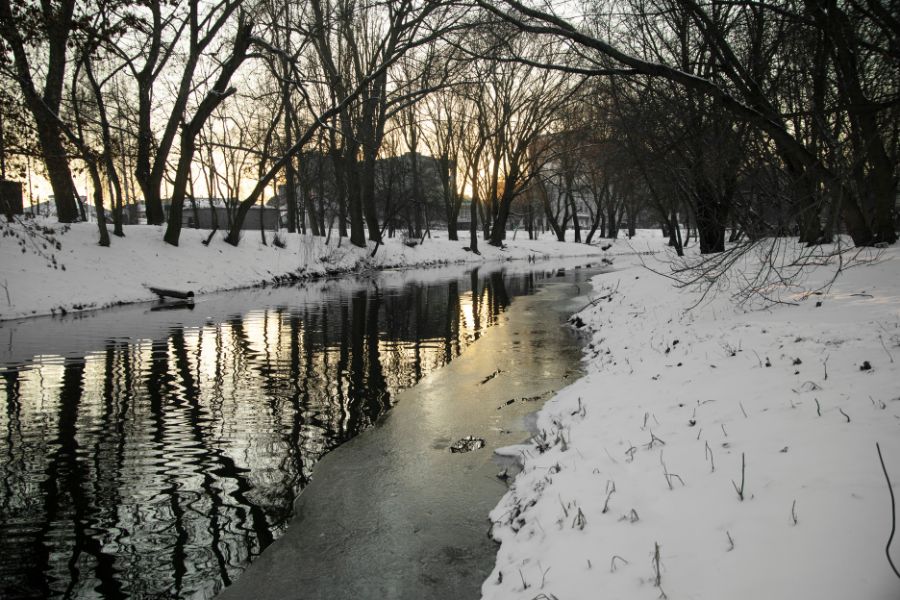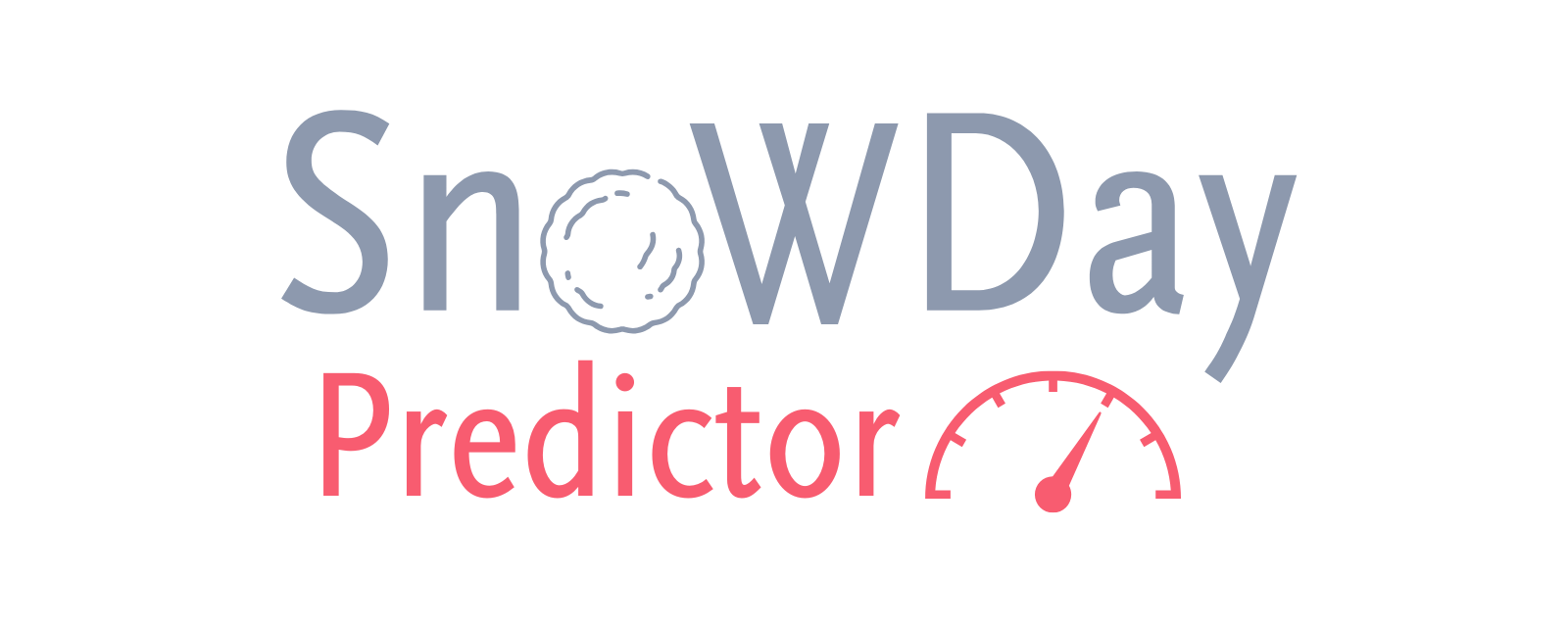Top Tools and Apps for Predicting Snow Days in Canada

Canadian winters are unpredictable, and for families juggling work, school, and commuting, knowing whether tomorrow will be a snow day is more than a convenience — it’s a necessity. While school boards ultimately make closure decisions, a growing number of tools and apps help parents, students, and teachers anticipate those calls.
As a Certified Weather Forecaster with over eight years of experience, I’ve tested and tracked these apps in real Canadian conditions. Below, I’ll share the most reliable options, highlight their strengths and weaknesses, and explain how to use them effectively for planning.
My Experience Testing Snow Day Apps
Over the past two winters, I compared tools like Snow Day Calculator, AccuWeather, The Weather Network, and Environment Canada’s alerts across Ontario, Nova Scotia, and Manitoba.
- Toronto, January 2025: Snow Day Calculator gave a 70% closure chance for a 20 cm storm. Schools did close, showing strong accuracy.
- Halifax, December 2024: The same tool predicted 80% closure, but schools stayed open. This case showed how school board policies can override weather severity.
- Winnipeg, February 2024: The Weather Network correctly highlighted blowing snow risks, yet schools remained open despite extreme wind chills.
These experiences taught me that while apps are helpful, families should use them alongside official alerts and local context.
Top Tools and Apps for Canadian Snow Day Predictions
1. Snow Day Calculator
Perhaps the most well-known, this tool uses an algorithm based on weather forecasts, snowfall totals, and regional closure history.
- Pros: Fun, easy to use, gives percentage-based probabilities.
- Cons: U.S.-based system doesn’t always capture Canadian school board decisions.
- Best For: Families looking for a quick, simple prediction.
2. The Weather Network App
A trusted Canadian source offering hourly and daily forecasts, storm alerts, and school-related updates in some regions.
- Pros: Localized Canadian focus, real-time alerts, familiar to many users.
- Cons: Doesn’t always issue explicit “school closure” predictions — interpretation is required.
- Best For: Parents and teachers needing detailed storm updates.
3. AccuWeather’s School Day Forecast
This feature predicts whether weather will impact school attendance, factoring in temperature, snowfall, and wind.
- Pros: Simple traffic light system (Low/Medium/High risk).
- Cons: Coverage in Canada is sometimes limited compared to the U.S.
- Best For: Quick-glance risk assessment for busy mornings.
4. Environment Canada Alerts
The gold standard for official warnings, Environment Canada issues snowfall, blizzard, and freezing rain alerts that often align with school closures.
- Pros: Official, highly reliable, region-specific.
- Cons: Doesn’t label closures directly — families must interpret severity.
- Best For: Parents who want official data before making decisions.
5. Custom Forecast Tools
Some independent forecasters (myself included) create custom snow day probability charts that combine ECMWF, GFS, and HRDPS model data with historical school closure trends.
- Pros: Tailored to Canadian conditions, built from real-world forecasting expertise.
- Cons: Independent — may vary in coverage and availability.
- Best For: Families who want a nuanced, Canadian-specific forecast.
How to Use These Tools Effectively
No single app is perfect, but combining them provides the best insights. For example:
- Use Environment Canada alerts for official storm severity.
- Check The Weather Network or AccuWeather for local timing.
- Run a quick check with Snow Day Calculator for fun probability numbers.
- Supplement with expert forecasts from meteorologists who track Canadian school closures.
This multi-source approach balances science, official warnings, and community-tested results.
For readers who want an integrated approach, I’ve created a custom Snow Day Predictor tool that blends forecast models, closure history, and real-time alerts to provide Canadian families with a reliable, transparent probability estimate.
Conclusion
Snow day apps and tools can’t guarantee school closures, but they provide families with valuable guidance during Canadian winters. By combining official data, forecast models, and community-trusted apps, parents and teachers can better prepare for unexpected days off. With experience, expertise, and transparency, snow day forecasting becomes more reliable — even in Canada’s most unpredictable storms.






